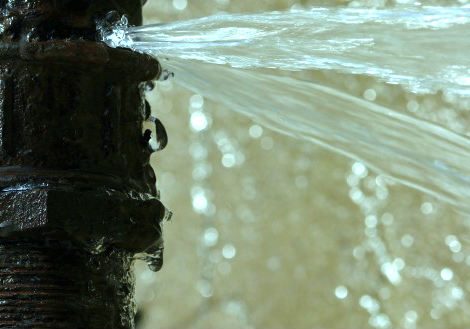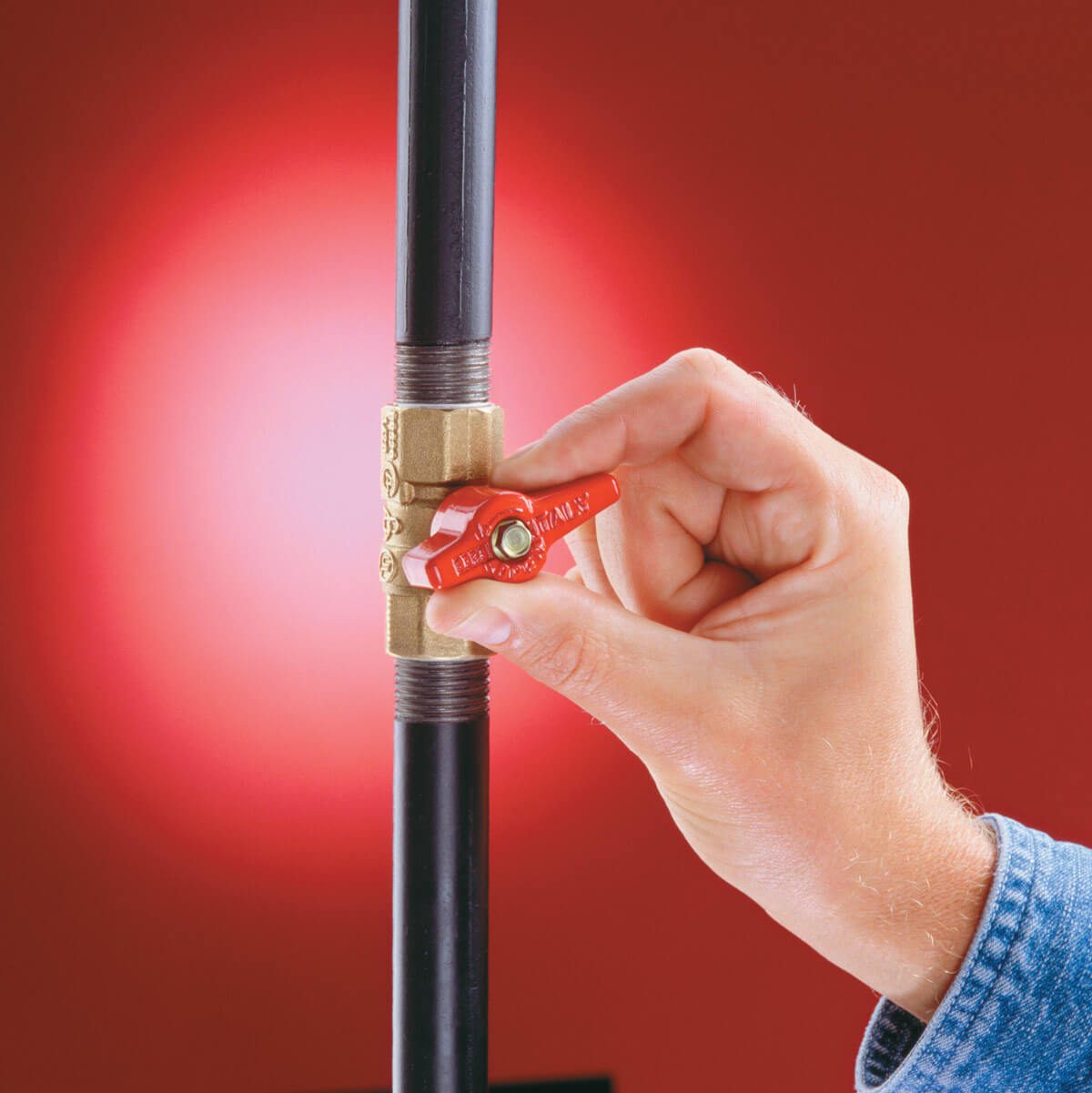Burst Pipes? No Panic! Just how to Identify and Fix Rapidly
Burst Pipes? No Panic! Just how to Identify and Fix Rapidly
Blog Article
How do you actually feel on the subject of How to Prepare for Your Dishwasher Installation?

A ruptured pipeline is a major emergency; you can just stand as you view water you pay very much to rejoin with the earth. In even worse cases, you discover a pool on your kitchen flooring, which is a terrific trip threat, especially if you have youngsters around. If the pipe that ruptured was in your walls, trouble: you may need to repaint that whole section.
Just how can a catastrophe like a burst pipeline be prevented as well as managed? Well, by paying attention to your professional emergency plumbers as well as following these policies.
Just how do I understand when my pipelines have burst?
Rising and fall water pressures
Pipelines do not just burst in a day. You might have noticed that your kitchen area faucet or shower doesn't run promptly when you turn the tap. It might stop briefly for a couple of seconds and after that blast you with even more force than normal.
In other instances, the water might seem typical in the beginning, then decrease in stress after a few secs.
Infected water
Many people presume a ruptured pipe is a one-way electrical outlet. Fairly the contrary. As water flows out of the hole or laceration in your plumbing system, pollutants locate their method.
Your water may be polluted from the resource, so if you can, check if your water storage tank has any type of troubles. However, if your drinking water is provided and also purified by the city government, you must call your plumber quickly if you see or smell anything funny in your water.
Puddles under pipes and also sinks
When a pipeline bursts, the outflow develops a pool. It might appear that the puddle is growing in size, as well as despite how many times you mop the puddle, in a few mins, there's an additional one waiting to be cleansed. Often, you may not be able to map the pool to any kind of noticeable pipelines. This is a sign to call a professional plumber.
Wet walls as well as water spots
Prior to a pipeline ruptureds, it will certainly leakage, most times. If this persistent leaking goes unnoticed, the leakage might finish right into a large laceration in your pipe. One simple way to avoid this emergency is to look out for damp wall surfaces advertisement water discolorations. These water spots will lead you right to the leak.
Untraceable dripping noises
Pipeline ruptureds can occur in the most unpleasant places, like within concrete, inside wall surfaces, or under sinks. When your house goes quiet, you may have the ability to listen to an irritatingly consistent dripping noise. Also after you have actually inspected your shower head and kitchen faucet, the leaking may continue.
Beloved visitor, the leaking might be coming from a pipe inside your wall surfaces. There isn't much you can do concerning that, except tell a specialist plumber.
Show up the Warm
Set up followers to blow warm into cold areas. Keep the garage door closed. If you have actually minimized water flow, warmth one of the most susceptible pipes (generally in cellars and crawl spaces or near outside wall surfaces) with a hair clothes dryer. Leave the tap on while you apply warm. As you melt ice, the circulation will increase. To stop pipes from cold, protect your wall surfaces.
Begin Getting Rid of the Water
Get hold of the mop, containers and also a shop vacuum cleaner to start to remove the water since you absolutely don't desire it soaking into every little thing else in your home. And also, a quick tidy up will minimize the opportunities of something getting musty.
What do I do when I spot a ruptured pipeline?
Your water meter will remain to run also while your water wastes. To reduce your losses, locate the primary controls and turn the supply off. The water pipe are an above-ground structure at the edge of your property.
How to Fix & Detect a Leaking Pipe
How Do I Know if a Pipe is Leaking?
Leak detection tests can help you determine if your pipe has a leak. Even if you don’t see an apparent leak, you should still conduct leak detection tests regularly to save water and money—and prevent major damage to your home.
Water meter. It can be helpful to figure out what your usual water meter usage numbers are and then monitor them regularly. To monitor your meter, first, turn off all water faucets in your home. Check the meter and write down the numbers. In a few hours, check the meter again. If the numbers have changed, you have a leak. Water gauge. Use a water gauge to test your water pressure. Your showerhead should produce a certain amount of water pressure based on its model and design. If the pressure is lower than it is supposed to be for that specific showerhead, your home likely has a leak. Puddles. Look inside your bathroom, laundry, and kitchen sink cabinets. Puddles around the cabinets or around toilets, tubs, showers, and washing machines indicate the presence of a leaking pipe. You may also notice loose tiles, peeling or flaking paint, or mold caused by water accumulation. Napkin test. Even if you don’t see any puddles, you may still have a leak. You can test for water leaks in the bathroom, laundry, and kitchen by wiping below-sink connections with a napkin, paper towel, or piece of toilet paper. If it becomes damp, you probably have a leaking pipe under the sink. Discolored walls. Walls that are discolored—usually with brown or yellow stains—or bulging might mean that they have been impacted by water damage caused by a leaking pipe. Smell. A leaky pipe will create sitting water, and over time, that water may develop a musty smell. If your home smells musty, but you can’t locate the source, it may be due to a leak. Steps for Fixing a Leaking Pipe
A leaky drain can be remedied by tightening the pipe base, replacing the drain seal, caulking the rim, and tightening the pipe nut. Similarly, a leaking toilet pipe can be treated by tightening the packing nut. You may also need to replace the valve. A leaky faucet may just need tightening or replacement of the washers. If that doesn’t work, consider replacing your faucet. If your pipe has a hole in it, you may want to use a pipe leak sealer or pipe leak tape. This quick fix for water pipe leaks can also temporarily fix a copper pipe leak. https://www.ahs.com/home-matters/quick-tips/how-to-tell-if-pipes-are-leaking/

We hope you enjoyed reading our piece about What to Know Before Installing a Dishwasher. Thank you for taking the time to browse our piece of content. Are you aware of anybody else who is very much interested in the niche? Feel free to promote it. We thank you for reading our article about How to install a dishwasher safely.
Get A Quote
Report this page